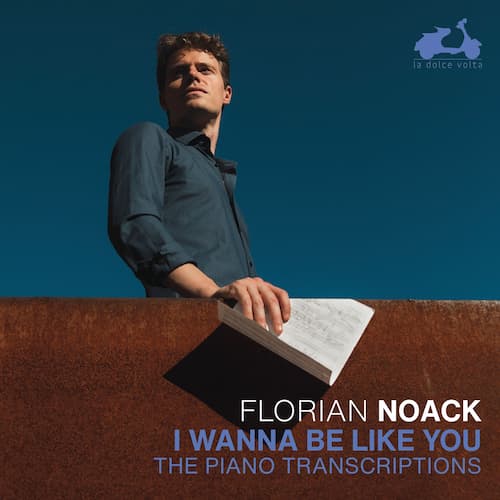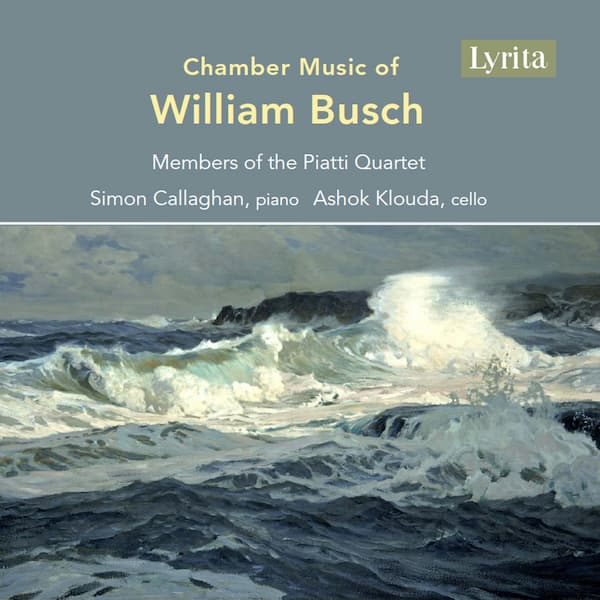The idea of the piano miniature has largely faded from the scene, but in the 19th century, particularly fuelled by the rise in home ownership of pianos, composers by the score wrote little consequential pieces for their audience.

Vanessa Wagner
French pianist Vanessa Wagner (b. 1973) has taken piano miniatures by four different composers and used them to weave a world of the imagination.
Wagner opens with Tchaikovsky’s The Seasons, Op. 37a, written for a monthly musical magazine based in St Petersburg, Nouvellist. The editor, Nikolay Matveyevich Bernard, commissioned Tchaikovsky for 12 character pieces, one for each month. Bernard gave Tchaikovsky the titles and all through 1876, the pieces appeared. In January we are by the fireside, in May are the White Nights, and we’re riding in a troika in November.
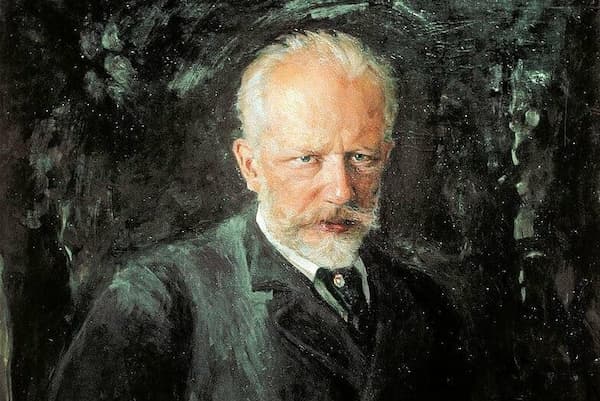
Nikolai Dmitrievich Kuznetsov: Piotr Ilyich Tchaikovsky, 1893
Next follows selections from Edvard Grieg’s Lyric Pieces. This collection of 66 short pieces for piano was published in 10 volumes from 1867 to 1901. She chooses two of the best-known pieces, Wedding Day at Troldhaugen and Butterfly, and supplements them with Little Bird and other works, closing her Grieg section with Grandmother’s Minuet.
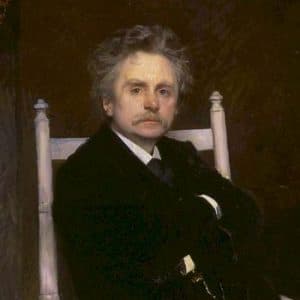
Hjalmer Peterssen: Edvard Grieg, 1891
Selections from the rarely heard Six Impromptus, op. 5, by Jean Sibelius, bring us a side of Sibelius we aren’t as familiar with. Sibelius’ orchestral works are what made him famous, but Wagner finds these little piano pieces to be ‘absolutely sublime’.

Daniel Nyblin: Jean Sibelius, ca 1898–1900
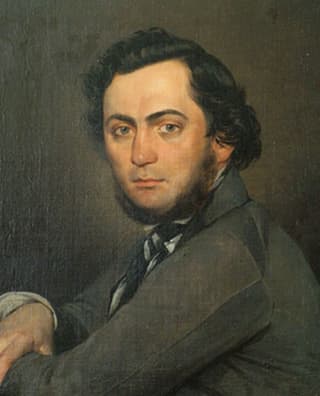
Yakov Yanenko: Mikhail Glinka, 1840
The recording closes with Glinka’s nocturne entitled La Séparation. Just as little known as the Sibelius Impromptus, the Glinka work brings an end to Wagner’s fantasy narrative. She says, ‘It depicts the loneliness that can result from the quest for an unattainable, fantasy love, …and is a favourite theme of Romanticism. Glinka’s piece seemed to me to be the end of the story I had imagined for myself. It was a gentle, sensuous conclusion to a journey tinged with tenderness, sadness and hope, like the cycle of the seasons’. She ties Glinka’s melancholic work back to the opening piece by Tchaikovsky and makes it a fitting end.
Mikhail Glinka: La Séparation, Nocturne in F minor – Comodo (Vanessa Wagner, piano)
One writer comments on the collection that ‘she follows the paths less travelled and takes us to places where we might not have expected her to go’. By connecting these works, she takes us from the miniature worlds of Tchaikovsky and Grieg, which were very much influenced by the Songs Without Words by Mendelssohn, and takes us into the more introspective works by Sibelius and Glinka. It’s a lovely journey and is a recording that, in addition to impressing you with its skill, leaves you at the end in a pensive mood, reflecting on the journey taken and the one that now lies ahead.

Everlasting Seasons: Tchaikovsky, Grieg, Sibelius, Glinka
La Dolce Volta: LDV 126
Release Date: 4 October 2024
Official Website
For more of the best in classical music, sign up for our E-Newsletter

